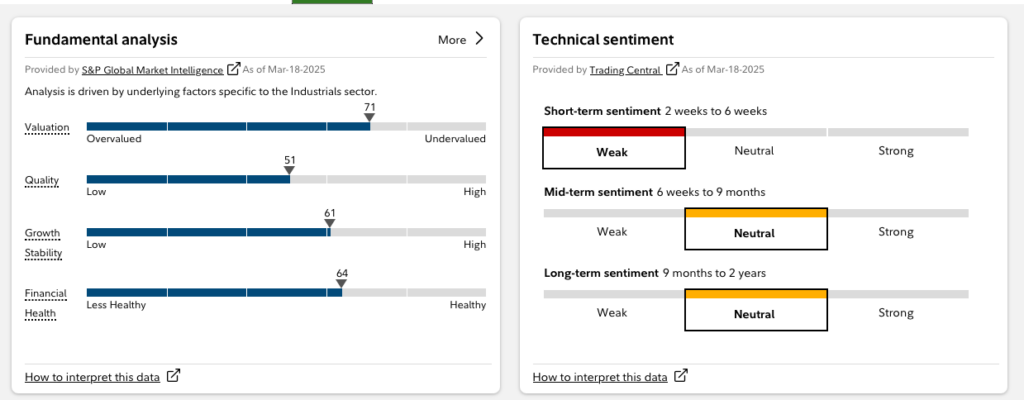My last few posts have been about the abrupt crash in the stock markets and how to hang tough during times of volatility. That’s a bit of a downer, so today we’re going to talk about getting our shopping list in order.
In this case we’re not talking about milk, bread, and alternatives for the eggs we can no longer afford, this is about great companies that we’d like to own and the price at which they become interesting.
Shopping List
I always have one.
This stops me from making knee-jerk reactions. I wrote a post a while back about a rough day in the market where one of my favorite stocks was down big. I debated whether it was a buying opportunity. Read more here.
Sometimes when a company I love is down 15% or 20%, I start taking a closer look and often buy a few more shares. As long as there is not devastating news like an accounting scandal, I’m likely to invest another few dollars.
But I much prefer to be more regimented. When I renew my thesis on a company, I take a look at the shares I own relative to my overall stock portfolio and think about whether I’d like this company to be a larger, or smaller piece of the overall pie.
This morning as I read the Snap On (Ticker: SNA) annual report, I decided I like the company and I’d like to own more. It pays a healthy 2.59% dividend, it’s been around for over 100 years with a strong track record and it is a premier tool-maker,
Snap-on gets added to the shopping list.
What’s it Look Like?
Here’s the shopping list:

Watch is a checkmark. I group the stocks I’m most interested in. The key data point is the interesting at value. We’ll get to this in a sec, the rest is how much I own, I note if any of the shares that have covered calls active, or if any shares are in the penalty box waiting to bounce back. I also have some performance metrics and I like to keep track of whether I’ve gained or lost on the stock and what my average share cost has been.
Interesting At…
So, at what price am I interested? Note that this is not an automatic buy, it merely means that it has fallen into a range where I might like to buy some more. Often times, I’ll reduce the interesting at price rather than buying more.
Snap On
Let’s look at an example.
Snap On is not a huge winner like Amazon, Apple or Netflix, but I’ve held shares since 2022, I’ve sold covered call options contracts 13 times, and I’ve received $3,685 in dividends.
So how do I know at what price it’s a good buy?
For a value stock like Snap On, the first thing I look at is the price to earnings (p/e) ratio. I like the historic p/e chart from macrotrends

P/E tells us the price we’re paying for the earnings that the company generates. Ideally, we want to pay a low price for high earnings. P/E is a good indicator for comparing a stock’s value today v. another point in time, or for comparing companies within the same industry. It is less effective when we compare across different industries. But it’s a good starting place.
I’d love to pick up shares at a p/e of 15, which means a price of $290 per share, but I’ll start to get interested as it crosses below 300.
My average cost was $309 per share. So I like the idea of buying at a lower price. This opportunity doesn’t come up all the time, but with the recent market pullback, who knows.
I’m also ahead on the investment. My lifetime security gain, which includes dividends, option income, and any gains on shares I’ve sold, is over $18,000. This is important. I like the company, but it’s easy to have your confidence shaken when your investment goes into the red. While this shouldn’t matter from an investing perspective, from an emotional perspective, it does.
I also take a look at some research reports and see what the analysts are saying about their target price (and why).
Additional Data Points
My brokerage site rolls up some analyst input and shows me:

The fundamentals look good, and I like that the short term sentiment is weak and then moves to neutral. Maybe we’ll get below 300.
Wrap-Up
So rather than watching the market plummet, reading CNBC and wringing my hands, I’ve decided to do something. And I’m doing something that doesn’t involve selling.
Now is a great time to think about companies we’d like to own shares of or about companies we own that we’d like to be a bigger part of our portfolio. Do some analysis. At what price do they become attractive? Why?
This is more an art than a science, but having the list prevents us from making knee-jerk reactions. It’s easy to decide after a big dip that a stock is cheap today. It could be cheaper tomorrow.
Start your shopping list.

